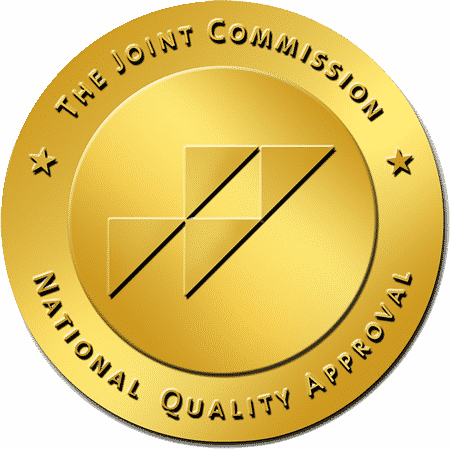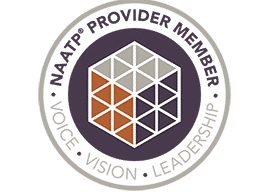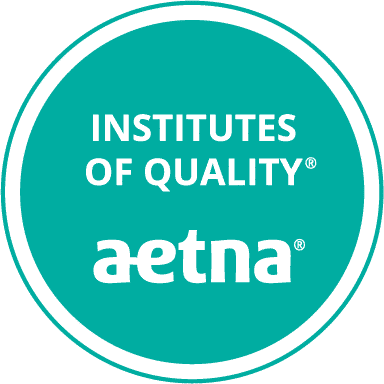Stimulants
Stimulants are a class of psychoactive drugs that accelerate activity in the central nervous system, affecting both brain function and physical responses throughout the body. This category of drugs includes prescription stimulants like Adderall and Ritalin, which are used to treat attention-deficit hyperactivity disorder (ADHD), as well as illicit stimulants such as methamphetamine and cocaine. Understanding how stimulants affect the brain, the risks of stimulant use disorder, and available treatment options can help individuals and families navigate the challenges of stimulant medications and illicit stimulant use.
What Are Stimulants?

Stimulants are psychoactive drugs that increase alertness, attention, and energy by accelerating activity in the central nervous system. These drugs, classified as stimulants, work primarily by increasing levels of certain brain chemicals—specifically dopamine and norepinephrine—that affect everything from heart rate and blood pressure to cognitive function and mood.
The central nervous system includes the brain and spinal cord, which control nearly every bodily function. When stimulants affect this system, they create widespread physiological changes. These changes include elevated blood pressure, increased heart rate, faster breathing rate, and heightened mental alertness.
Stimulants work by interacting with specific neurotransmitter systems. Many stimulants affect the dopamine transporter and norepinephrine transporter, preventing these brain chemicals from being reabsorbed and leading to increased concentration of these substances in the brain. Some stimulants, like caffeine, also block adenosine receptors, which normally promote sleepiness.
Stimulants accelerate brain activity by increasing the level of catecholamine, which boosts alertness, energy, and attention. They also cause:
- Increased heart rate
- Raised blood sugar and blood pressure
- Contraction of blood vessels
- Dilation of the pathways of the respiratory system
The U.S. Drug Enforcement Agency classifies both types of stimulants as dangerous Schedule II drugs under the Controlled Substances Act because they have a high potential for drug abuse, potentially leading to severe psychological or physical dependence.
What Are 6 Examples of Stimulants?
-
Caffeine – Found in coffee, tea, energy drinks, and over-the-counter medications, caffeine is the most widely used stimulant globally
-
Adderall (amphetamine-dextroamphetamine) – A prescription stimulant commonly used to treat attention deficit hyperactivity disorder
-
Ritalin (methylphenidate) – Another prescription medication for ADHD symptoms
-
Cocaine – An illicit stimulant derived from coca leaves
-
Methamphetamine – A powerful illicit stimulant with severe health consequences
-
Pseudoephedrine – Found in cold medicines as a decongestant
Other stimulants include modafinil, amphetamines used in weight loss medications, and various club drugs. Each of these stimulants affects the body differently, with varying levels of intensity and risk.
What Do Stimulants Do?
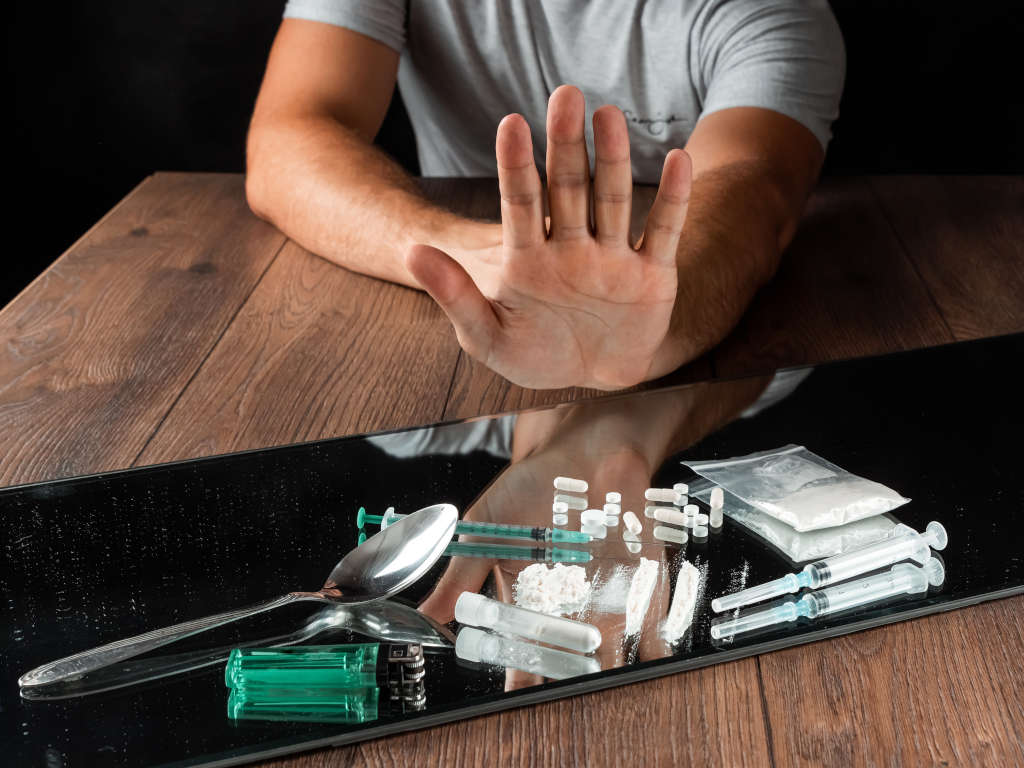
Stimulants accelerate central nervous system activity by increasing levels of catecholamines—a group of brain chemicals that includes dopamine and norepinephrine. This acceleration creates several immediate effects:
Physical Effects:
- Elevated blood pressure and faster heart rate
- Increased breathing rate and body temperature
- Decreased appetite and reduced appetite
- Constriction of blood vessels
- Dilation of airways in the respiratory system
- Extended wakefulness and reduced need for sleep
Cognitive and Psychological Effects:
- Increased focus and concentration
- Enhanced alertness and energy
- Improved attention span
- Feelings of euphoria or confidence
- Increased talkativeness and sociability
The way certain stimulants affect each individual depends on multiple factors, including the specific drug taken, dosage, method of administration, and the person’s unique physiology. Prescription stimulants taken as directed by a healthcare provider at therapeutic doses produce different effects than illicit stimulant use at higher doses.
What Are Prescription Stimulants?
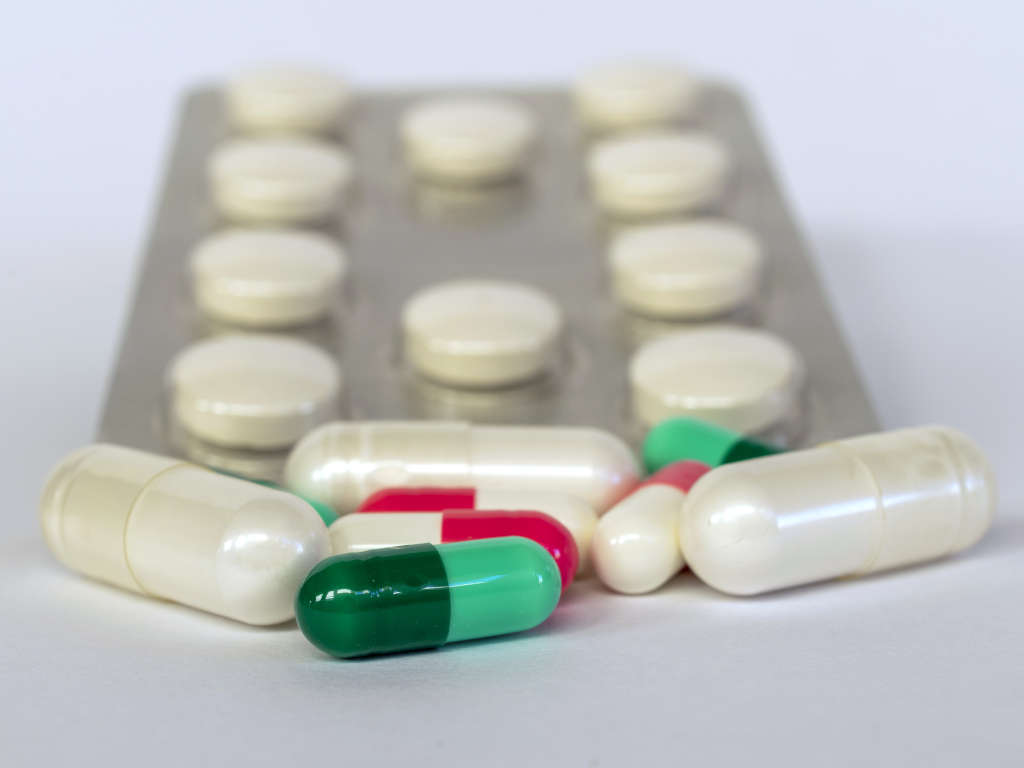
Prescription stimulants are controlled substances approved by medical authorities to treat specific health conditions. These prescription medications have legitimate therapeutic value when used to treat attention deficit hyperactivity disorder, narcolepsy, and occasionally other conditions. Prescription stimulants are a group of drugs that are medically used to treat obesity, low blood pressure, narcolepsy, and attention deficit hyperactivity disorder (ADHD).
Prescription stimulant drugs boost energy, increase alertness, and improve focus, attention, and concentration by increasing brain chemicals dopamine and norepinephrine. **Dopamine** affects the rewarding process, and norepinephrine affects blood flow, heart rate, and breathing.
Common prescription stimulants include:
- Ritalin (methylphenidate)
- Dexedrine (dextroamphetamine)
- Adderall (dextroamphetamine-amphetamine)
Prescription stimulants can be taken orally as a liquid form, snorted, or injected (intravenously). Drug use of prescription stimulants can create increased respiratory function and blood pressure, and feelings of euphoria.
Prescription Stimulants for ADHD Treatment
Prescription stimulants remain the first-line treatment for attention-deficit hyperactivity disorder (ADHD) in both children and young adults. Clinical trials have consistently demonstrated their effectiveness in managing ADHD symptoms, such as inattention, hyperactivity, and impulsivity.
The mechanism by which prescription stimulants are used to treat ADHD involves increasing dopamine and norepinephrine levels in the brain. For individuals with ADHD, these medications help normalize brain function rather than providing excessive stimulation. Clinical professor emeritus researchers in behavioral neuroscience have conducted extensive clinical trials showing that when prescription stimulants are used to treat deficit hyperactivity disorder ADHD appropriately, they significantly improve academic performance, social functioning, and quality of life.
Types of Prescription Stimulants
Several prescription stimulants have been approved for medical use:
Amphetamine Class Medications:
- Adderall (mixed amphetamine salts)
- Concerta (extended-release methylphenidate)
- Vyvanse (lisdexamfetamine)
Methylphenidate-Based Medications:
- Ritalin (immediate-release methylphenidate)
- Concerta (extended-release methylphenidate)
- Focalin (dexmethylphenidate)
Each of these stimulant medications has different pharmacological properties affecting how quickly they work and how long their effects last. A healthcare provider can help determine which specific drug is most appropriate for an individual’s needs based on their medical history and response to treatment.
Adderall
In the treatment of ADHD, Adderall helps to improve concentration, cognitive function, and focus. As a central nervous system stimulant, it can have the very same effects on people who do not have ADHD. Adderall belongs to the amphetamine class of stimulant medications and is one of the most commonly prescribed drugs for attention-deficit hyperactivity disorder. You can learn more about the dangers of Adderall on our blog.
Ritalin
Ritalin (methylphenidate) is similar to Adderall. They are both medications prescribed for use in drug treatment for conditions like ADHD. Ritalin helps control levels of two chemicals, norepinephrine and dopamine, which affect how well you concentrate.
Caffeine
Caffeine is one of the most commonly used over-the-counter stimulants used by many adults. It occurs in coffee, cocoa, chocolate, soft drinks, tea, and candy. While it has positive effects, heavy caffeine use can cause insomnia or anxiety.
Caffeine: The Most Common Stimulant
Caffeine stands as the world’s most widely consumed psychoactive drug, found naturally in coffee, tea, and cocoa, and added to many beverages, foods, and over-the-counter medications. Despite its ubiquity, caffeine is indeed a stimulant that affects the central nervous system.
Unlike other stimulants that primarily affect dopamine and norepinephrine systems, caffeine works mainly by blocking adenosine receptors in the brain. Adenosine normally promotes drowsiness, so when caffeine blocks these receptors, it creates increased alertness and reduced feelings of fatigue.
Caffeine consumption affects blood pressure temporarily, increases heart rate, and can enhance cognitive performance in the short term. Clinical trials have shown that moderate caffeine intake—typically 200-400mg daily—can improve attention and reaction time without significant negative effects for most adults.
Energy drinks often combine high doses of caffeine with other substances that stimulants affect similarly. Some energy drinks contain 200-300mg of caffeine per serving, equivalent to multiple cups of coffee. When consumed in large quantities or combined with alcohol or other drugs, these beverages can cause cardiovascular effects, including elevated blood pressure and irregular heartbeat.
Pseudoephedrine, found in many cold medicines, is another commonly encountered stimulant. This decongestant works by narrowing blood vessels in the nasal passages but can also increase blood pressure and heart rate throughout the body. In many countries, pseudoephedrine-containing products are kept behind pharmacy counters because the primary ingredient can be used to manufacture methamphetamine.
Abuse of Attention Deficit Hyperactivity Disorder (ADHD) Prescriptions

Adderall (amphetamines) is legally used to treat ADHD, but young adults and college students employ the easy-to-acquire prescription stimulant for other purposes.
Stimulant ADHD medications, informally renamed “study drugs,” are taken to help keep young people awake for long hours so that they can study or do other schoolwork. Some of the dangerous side effects of this type of use include:
-
Mood changes like depression
- Increased blood pressure
- Changes in heart rate
- Heart-related problems
Regarding such use, the National Institute on Drug Abuse offers a resource for teens and those working with teens, NIDA for Teens Drug Facts on Prescription Stimulant Medications (Amphetamines).
The Rise of "Study Drugs" Among Young Adults
The misuse of prescription stimulants among college students and young adults has become a growing concern for public health officials. These stimulant medications, often called “study drugs,” are taken by individuals without ADHD who believe the drugs will enhance academic performance.
Many college students obtain prescription stimulants from peers who have legitimate prescriptions. They use these drugs classified as controlled substances to stay awake for extended study sessions, increase concentration during exams, enhance cognitive performance, and manage heavy academic workloads.
Research from the National Institute on Drug Abuse shows that this practice is particularly common in competitive academic environments. However, clinical trials have not demonstrated that prescription stimulants improve academic performance in individuals without ADHD. In fact, the negative effects often outweigh any perceived benefits.
Risks of Prescription Stimulant Misuse
Despite their therapeutic benefits, prescription stimulants carry significant risks when misused. The National Institute on Drug Abuse reports that misuse of prescription stimulants has increased, particularly among young adults in college settings.
Common forms of prescription stimulant misuse include:
- Taking someone else's prescription medication
- Taking higher doses than prescribed
- Using stimulant drugs for purposes other than treatment
-
Combining prescription stimulants with other drugs or alcohol
Misuse of prescription stimulants can lead to serious cardiovascular effects, including irregular heartbeat, heart attack, and stroke. Other negative effects include anxiety, paranoia, insomnia, and in severe cases, psychosis. Long-term misuse can result in stimulant use disorder, a condition characterized by compulsive drug-seeking behavior despite harmful consequences.
When individuals without attention deficit hyperactivity disorder take stimulant medications, they face several health risks, including elevated blood pressure that can persist even after the drug wears off, increased heart rate and irregular heartbeat, greater risk of heart attack, especially when combined with other drugs, and potential for premature death in individuals with undiagnosed heart conditions.
Illicit Stimulants
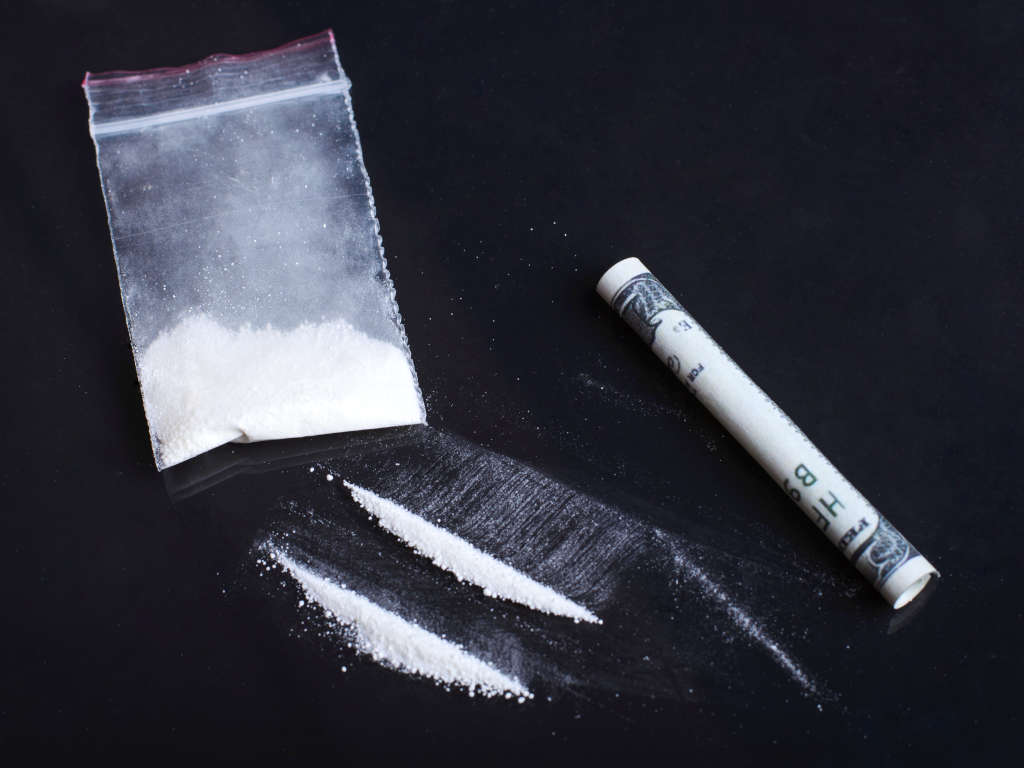
Illicit stimulants pose severe health risks and carry a high potential for addiction. These drugs, including methamphetamine and cocaine, have no legitimate medical use in their street forms and are classified as Schedule II controlled substances under the Controlled Substances Act due to their high abuse potential.
According to the U.S. Department of Health and Human Services, most methamphetamine used in the United States is produced and distributed illicitly.
Methamphetamine
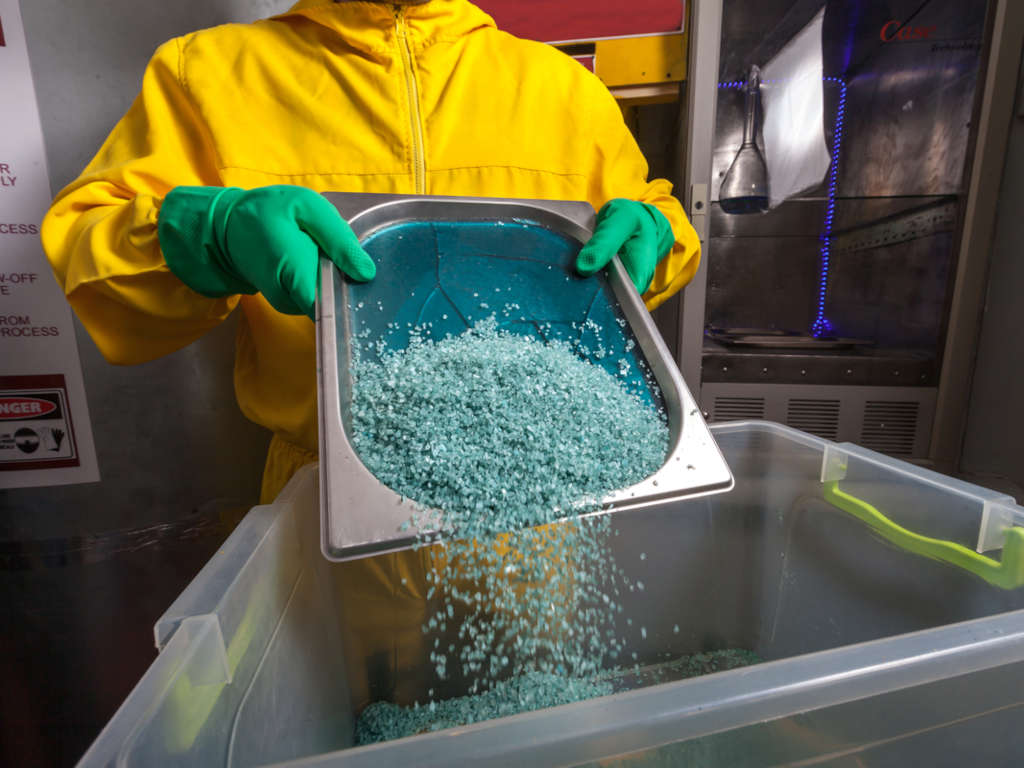
A powerful, addictive stimulant that affects the central nervous system, methamphetamine produces a high that both starts and fades quickly. Commonly called “meth,” its use often leads to addiction and destroys tissues, which can lead to brain damage.
Methamphetamine is a powerful illicit stimulant that affects the central nervous system with intense and dangerous effects. This drug, commonly called “meth” or “crystal meth,” is chemically similar to amphetamine but produces much more potent effects on the brain.
A form of the drug with the appearance of glass fragments or shiny, bluish-white rocks is called crystal meth.
Meth is chemically similar to amphetamine, the drug used to treat attention-deficit hyperactivity disorder and narcolepsy.
How Methamphetamine Works: Methamphetamine causes a massive release of dopamine in the brain—far more than natural rewards or even other drugs. This flood of dopamine creates intense euphoria but also begins a process of brain damage that can have lasting consequences. The drug affects not only the dopamine system but also damages other aspects of brain function.
Devastating Effects on the Body: Methamphetamine use causes severe and often irreversible damage including destruction of tissues throughout the body, “meth mouth” with severe dental decay and tooth loss, skin sores from compulsive picking, significant weight loss from decreased appetite, cardiovascular damage including elevated blood pressure and irregular heartbeat, brain damage affecting memory and emotional regulation, increased risk of heart attack and stroke, and potential for premature death.
Cocaine
Cocaine is an illegal psychoactive drug made from the leaves of the coca tree. For centuries, the native populations of South America chewed the leaves for mild stimulation and to suppress hunger, thirst, pain, and fatigue.
Cocaine was isolated from coca in 1862, and in the late 19th century, it was mixed into patent medicines and popular beverages. Cocaine use in this fashion led to social problems with its use, and in 1914, the Harrison Act banned the over-the-counter sale of cocaine in the U.S. In the 1970s, inhaled cocaine emerged as a popular but expensive recreational drug.
The primary ingredient in cocaine is a hydrochloride salt in its powdered form. The most common form of ingestion is snorting the drug.
Today’s illicit cocaine exists primarily in two forms: powder cocaine (the hydrochloride salt form, typically snorted or dissolved and injected) and crack cocaine (a smokable form created by mixing powdered cocaine with water and sodium bicarbonate).
Cocaine is a psychoactive drug that works by blocking the reabsorption of dopamine, causing it to accumulate in the brain’s reward centers. This mechanism creates intense but short-lived euphoria, leading users to take repeated doses in binges.
Crack Cocaine
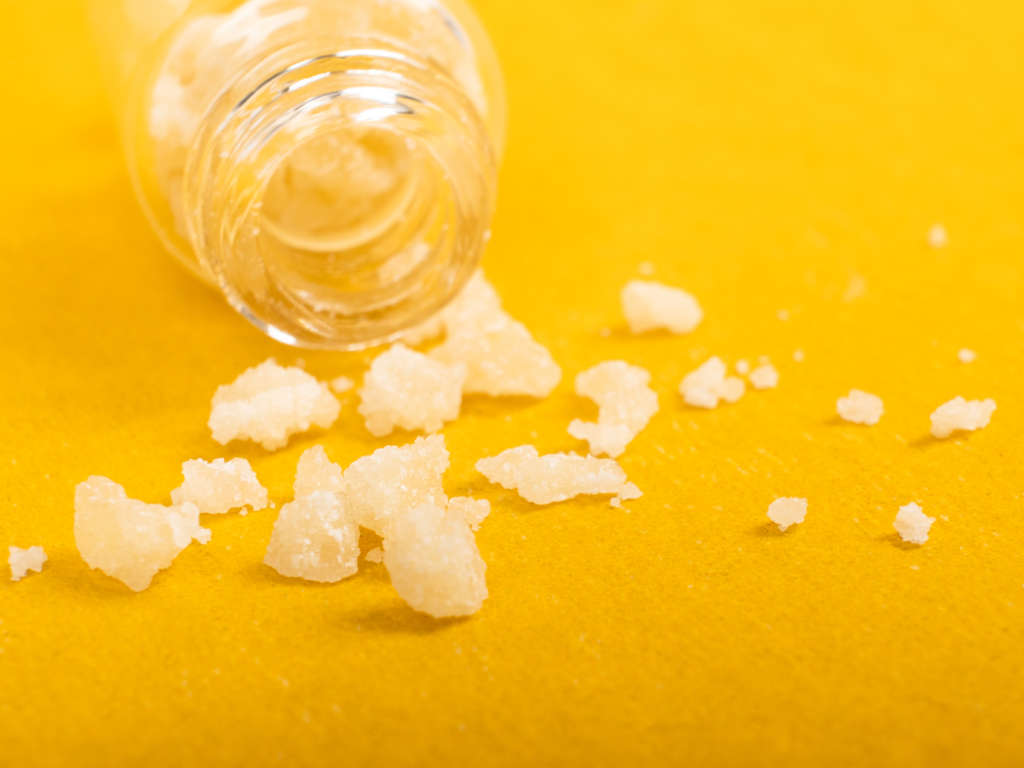
Crack cocaine is a version of cocaine that provides a brief, but extremely intense, high when smoked. It is made from powdered cocaine by combining it with water and usually sodium bicarbonate. Virtually unheard of prior to the mid-1980s, the use of crack spread quickly across the country.
Crack cocaine emerged in the mid-1980s as a cheaper, more accessible form of cocaine. This illicit stimulant produces an incredibly intense but brief high when smoked, leading to rapid development of addiction and severe health consequences.
The name “crack” comes from the crackling sound the drug makes when heated. Because crack cocaine is smoked, it reaches the brain extremely quickly, creating an almost instant rush followed by an intense crash. This pattern promotes compulsive use and makes crack cocaine particularly addictive.
Clinical trials and systematic reviews of crack cocaine’s effects show it causes the same cardiovascular effects as powdered cocaine but with faster onset and greater intensity. The rapid cycling between euphoria and dysphoria drives compulsive drug-seeking behavior that characterizes severe stimulant use disorder.
Effects of Stimulants
Both prescription stimulants and illicit stimulants will cause symptoms and side effects to occur. The most common stimulant effects include:
- Euphoria
- Wakefulness
- Decreased appetite
- Irregular heartbeat
- Nervousness
- Talkativeness
- Energy
- Increased concentration
- Affects blood vessels
- Difficulty sleeping
- Increased blood pressure and pulse
How stimulants affect the user depends on a variety of variables. Some people experience mild symptoms when they take the drug, while others feel more intense effects. Some of the factors that play a role in how the drug will affect people:
- Weight, size, and overall health of the person taking it
- If this is the first time the person takes the drug, or they are "used to" it
- How much and what dose of the drug was taken
- The strength of the drug (the drug changes based on the batch you get)
- Whether the person takes it in combination with other drugs
Dangerous Side Effects and Complications
The negative effects of stimulants become more pronounced with higher doses, prolonged use, or when certain stimulants are combined with other drugs:
Severe Cardiovascular Events:
- Heart attack, even in individuals with no prior heart disease
- Stroke from elevated blood pressure or blood vessel rupture
- Cardiac arrhythmias and sudden cardiac death
- Aortic dissection in extreme cases
Neurological Complications:
- Seizures, particularly at high doses
- A stroke affects brain function
- Stimulant-induced psychosis with hallucinations and delusions
- Serotonin syndrome occurs when combined with certain medications
- Permanent cognitive impairment
Acute Medical Emergencies:
- Dangerously elevated body temperature (hyperthermia)
- Rhabdomyolysis (breakdown of muscle tissue)
- Kidney failure
- Respiratory failure
- Overdose leading to premature death
Stimulant Drug Abuse
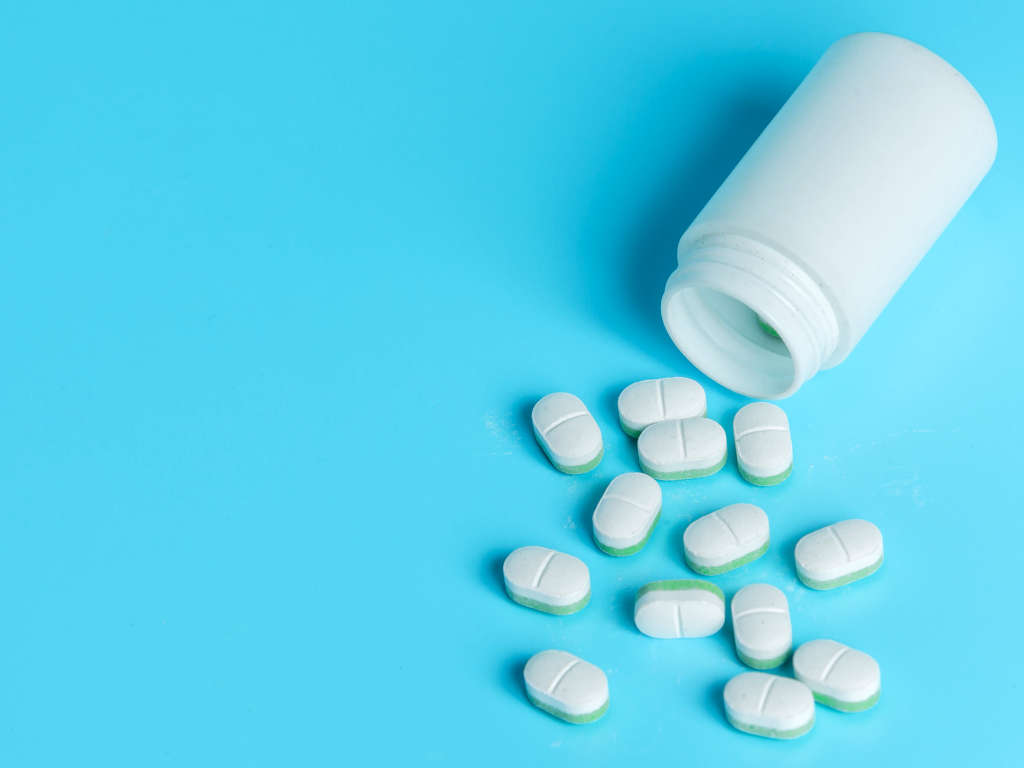
Stimulant addiction is common when people begin to use medications for purposes other than those for which they have been prescribed. When stimulant drugs are used appropriately, at low doses, and for a short period, they are far less likely to result in stimulant addiction or substance abuse.
According to the National Institute on Drug Abuse, long-term use of prescription stimulants, even as prescribed by a doctor, can cause a person to develop a tolerance, which means that he or she needs high doses of the drug to get the desired effects.
Like all drugs, abuse of stimulants can be dangerous. When taking stimulants, it’s important to watch for negative effects. Taking higher doses than recommended of prescription stimulants can lead to health issues such as irregular heartbeat, dangerously high body temperature, seizures, heart attack, and heart failure.
The most dangerous misapplication of prescription stimulants and illegal stimulants is when they are taken in combination with alcohol or other drugs. This is especially true of other stimulants including ecstasy or crystal methamphetamine. Taking many stimulants at one time or taking stimulants along with alcohol increases the chance of overdose.
The National Institutes of Health states that prescription stimulant misuse can often lead to a substance use disorder, resulting in continued abuse, which in severe cases takes the form of addiction, despite being used as prescribed by a doctor.
Understanding Stimulant Use Disorder
Stimulant use disorder is a clinical diagnosis describing a pattern of stimulant drug use that causes significant impairment or distress. This mental health condition can develop from the misuse of either prescription stimulants or illicit stimulants, and it represents a serious substance abuse problem requiring professional treatment.
The path to stimulant use disorder typically follows a progression. An individual may begin using stimulants for their prescribed purpose, to enhance performance, or recreationally with other drugs. Over time, the brain adapts to the presence of stimulants. The same dose produces less effect, leading individuals to increase their intake. This occurs even when prescription stimulants are taken as prescribed for extended periods.
Research in behavioral neuroscience shows that stimulants hijack the brain’s reward system, creating powerful associations between the drug and pleasure. These changes in brain function can persist long after someone stops using, contributing to relapse risk.
Signs of Stimulant Abuse
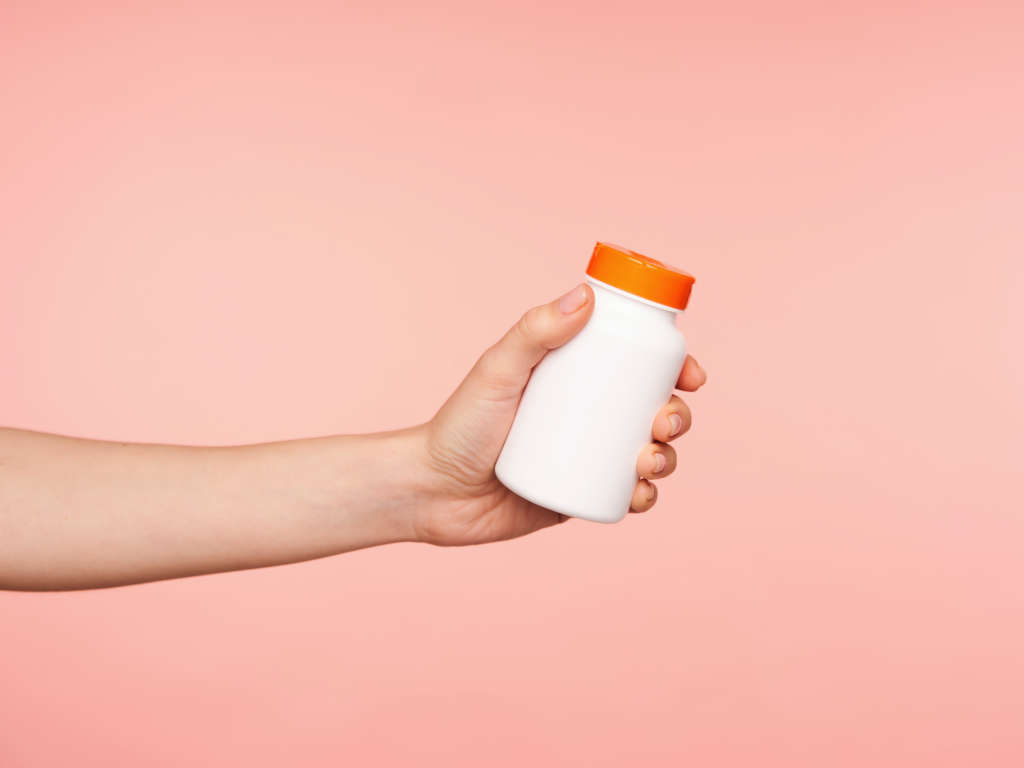
A prescription stimulant may be abused if the user is:
- Taking medicine in a way or dose other than prescribed
- Taking someone else's medicine
- Taking medicine only for the effect it causes—to get high
Recognizing stimulant abuse early can be crucial for preventing progression to full addiction. Additional warning signs include:
Behavioral Changes:
- Doctor shopping to obtain multiple prescriptions
-
Combining prescription stimulants with other drugs or alcohol
- Continued use despite negative consequences
- Spending significant time obtaining, using, or recovering from stimul
Physical Signs:
- Rapid weight loss and decreased appetite
- Insomnia or irregular sleep patterns
- Elevated blood pressure and increased heart rate
- Tremors or muscle twitches
- Dilated pupils and excessive sweating
Withdrawal from Stimulants
When someone who has been using stimulants regularly stops or significantly reduces their use, withdrawal symptoms occur. These symptoms result from the brain and body adjusting to functioning without the drug.
Common Withdrawal Symptoms:
- Severe fatigue and excessive sleep
- Increased appetite
- Depression and anhedonia (inability to feel pleasure)
- Anxiety and agitation
- Vivid and unpleasant dreams
- Slowed thinking and movement
- Intense cravings for stimulants
- Abdominal cramps and digestive upset
Withdrawal from stimulants is typically not medically dangerous (unlike alcohol or benzodiazepine withdrawal), but the psychological symptoms can be intense and increase relapse risk. Medical supervision during withdrawal can provide support and monitoring to ensure safety and comfort.
Treatment for Stimulant Use Disorder
Effective treatment for stimulant use disorder requires comprehensive care addressing both the physical and psychological aspects of addiction. While no medications are specifically approved for stimulant use disorder, behavioral therapies have proven highly effective, and clinical trials continue exploring potential pharmaceutical options.
Evidence-Based Treatment Approaches
Research from the National Institute on Drug Abuse and numerous clinical trials supports several behavioral interventions:
Cognitive Behavioral Therapy (CBT): This approach helps individuals recognize and change thought patterns and behaviors associated with stimulant use. CBT teaches coping skills for managing triggers and preventing relapse.
Contingency Management: This intervention provides tangible rewards for maintaining abstinence and meeting treatment goals. A systematic review of contingency management programs shows strong effectiveness for stimulant use disorder.
Motivational Interviewing: This technique helps resolve ambivalence about treatment and strengthens commitment to recovery.
Community Reinforcement Approach: This comprehensive method helps individuals build a lifestyle that supports recovery while addressing multiple life domains.
Medications Under Investigation
While no FDA-approved medications specifically target stimulant use disorder, ongoing clinical trials are exploring several promising options, including medications affecting dopamine and norepinephrine systems, agents that may reduce cravings, medications addressing co-occurring mental health conditions, and drugs that may help restore normal brain function.
A clinical professor emeritus in behavioral neuroscience ora medical director at specialized treatment centers can provide information about current medication trials and whether participation might be appropriate.
Treating Co-Occurring Disorders
Many individuals with stimulant use disorder also have other mental health conditions requiring concurrent treatment. Common co-occurring conditions include anxiety disorders, depression, post-traumatic stress disorder, attention deficit hyperactivity disorder (particularly relevant when the addiction involves prescription stimulants originally used to treat ADHD), and other substance use disorders.
Comprehensive treatment addresses all conditions simultaneously. A healthcare provider trained in behavioral neuroscience and addiction medicine can develop an integrated treatment plan.
Treatment at La Hacienda Treatment Center
If you or someone you love is struggling with abuse of or addiction to prescription stimulants or illegal drugs, please get in touch with La Hacienda Treatment Center. We can help you step back from addiction, work through withdrawal symptoms, and start recovery.
La Hacienda Treatment Center has provided specialized addiction treatment since 1972, developing deep expertise in helping individuals recover from stimulant use disorder involving both prescription stimulants and illicit stimulants. Our comprehensive approach addresses the complex medical, psychological, and social factors involved in stimulant addiction.
Since 1972, La Hacienda Treatment Center has been dedicated to serving the needs of individuals and their families in their journey to recovery from substance addiction. We help individuals become free from drugs and/or alcohol.
We have a dedicated and professional on-site team of board-certified addiction treatment doctors who meet daily with patients to provide medical advice. Licensed nurses provide around-the-clock medical care, and dedicated clinicians plan and help patients carry out individualized treatment programs.
Our Treatment Philosophy
At La Hacienda, we understand that stimulant use disorder is not only a specific organ or system problem—it affects the whole person. Our treatment approach reflects this understanding, addressing physical health, brain function, mental wellness, relationships, and life skills simultaneously.
Medical Excellence: Our board-certified addiction medicine physicians and clinical staff bring extensive experience treating stimulant-related conditions. We provide 24/7 medical care addressing cardiovascular effects, including elevated blood pressure and irregular heartbeat, nutritional rehabilitation to address decreased appetite and weight loss, sleep restoration after extended wakefulness, management of co-occurring mental health conditions, and monitoring for complications affecting the nervous system and other body systems.
Evidence-Based Therapies: We utilize behavioral therapies proven effective in clinical trials and recommended by the National Institute on Drug Abuse, including cognitive behavioral therapy, group counseling, individual therapy, family education and involvement, relapse prevention training, and 12-step facilitation.
Our residential addiction treatment facility rests on 40 Hill Country acres situated on the North Fork of the Guadalupe River in Hunt, Texas, 90 miles from San Antonio and 120 miles from Austin.
Why Choose La Hacienda for Stimulant Addiction Treatment?
Specialized Expertise: Our medical director and clinical team have extensive training in treating stimulant use disorder. We understand the unique challenges posed by different stimulants—whether prescription medications initially used to treat attention deficit hyperactivity disorder or illicit stimulants like methamphetamine and cocaine.
Accreditation and Quality: La Hacienda maintains Joint Commission accreditation and designation as an Aetna Institute of Quality, recognizing our commitment to the highest treatment standards.
Beautiful, Healing Environment: Our 40-acre campus along the Guadalupe River in Hunt, Texas, provides a tranquil setting conducive to healing. The Texas Hill Country environment supports recovery by removing individuals from triggering environments while providing natural beauty and serenity.
Family Involvement: We recognize that addiction affects entire families. Our family program educates loved ones about stimulant use disorder and helps rebuild damaged relationships.
Continuing Care: Recovery extends beyond initial treatment. Our alumni services and aftercare planning support long-term success.
Taking the First Step
If you or someone you know is suffering from a substance use disorder to stimulants or other substances, please call and let our admission specialists help you take the first step to a better tomorrow.
Stimulant use disorder is a serious but treatable condition. With appropriate professional care, individuals can recover from stimulant addiction and rebuild healthy, fulfilling lives. The first step is reaching out for help.
Our compassionate admissions team can verify insurance coverage, answer questions about our programs, and help you or your loved one take the first step toward recovery.
Frequently Asked Questions About Stimulants
Illicit stimulants are known by numerous street names that vary by region and over time. Common street names include:
For methamphetamine: meth, crystal, ice, crank, speed, glass, chalk, and tina
For cocaine: coke, blow, snow, powder, white, and nose candy
For crack cocaine: crack, rock, base, and hard
For prescription stimulants: uppers, pep pills, speed, and various names specific to particular medications (like “Addy” for Adderall)
Being aware of these terms can help parents, educators, and healthcare providers recognize when someone is discussing or seeking these dangerous drugs.
Yes, several substances serve as examples of stimulants. The most common example is caffeine, found in coffee, tea, energy drinks, and chocolate. Caffeine is a mild stimulant that increases alertness and temporarily wards off drowsiness.
Other examples include prescription stimulants like Adderall and Ritalin, which are controlled substances used to treat attention-deficit hyperactivity disorder. Illicit examples include methamphetamine and cocaine, both of which are powerful illegal drugs with high abuse potential.
Additionally, pseudoephedrine found in certain cold medicines is a stimulant, as are some weight loss medications and certain medications used to treat narcolepsy.
Conclusion: Understanding and Addressing Stimulant Use
Stimulants represent a diverse category of drugs with effects ranging from the mild stimulation of caffeine to the devastating impact of methamphetamine. Whether prescription stimulants are used to treat legitimate medical conditions or illicit stimulants with no medical purpose, these substances share the ability to accelerate central nervous system activity and create significant health risks when misused.
Understanding what stimulants are, how they affect the brain and body, and the signs of stimulant use disorder empowers individuals and families to recognize problems early and seek appropriate help. The negative effects of stimulant abuse—including cardiovascular effects, mental health complications, and the risk of premature death—underscore the importance of professional treatment.
For those struggling with stimulant use disorder, evidence-based treatment combining behavioral therapies with medical support offers hope for recovery. Organizations like the National Institute on Drug Abuse continue conducting clinical trials to improve our understanding and treatment of stimulant addiction.
At La Hacienda Treatment Center, we’ve witnessed countless individuals overcome stimulant addiction and rebuild their lives. If you or someone you love needs help with stimulant abuse, we’re here to provide the expert, compassionate care needed for lasting recovery.
The treatment team at La Hacienda Treatment Center medically reviewed this page. For questions about stimulant addiction or our treatment programs, please call 830.238.4222.
